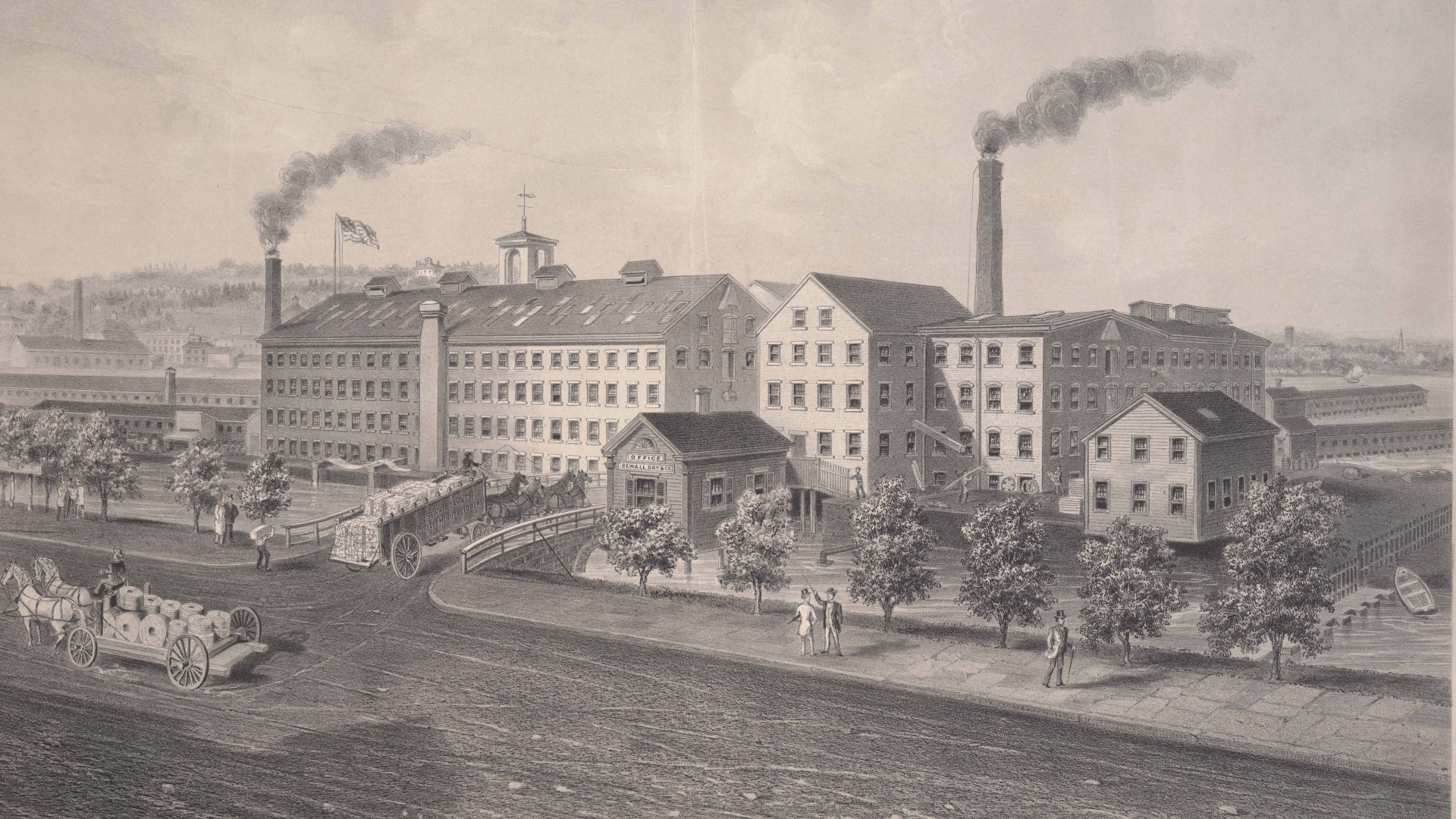Ropewalks of the West End and Beyond
From the mid-17th century to the end of the 19th century, the rope-making industry thrived in Boston. Ropewalks—long, narrow plots with covered walks and sheds that housed rope-making facilities—dotted the landscape of West Boston and supplied rope primarily for seafaring vessels. One of the city’s earliest ropewalks lay less than 100 yards from today’s West End Museum.
“The making of rope for outfitting ships was of utmost importance to the maritime economy of old Boston,” says
Duane Lucia, executive director of the West End Museum. “Because of its undeveloped pasture land, more than half of the town’s ropewalks were located in the West End.”
Ropewalks of the West End highlights the history of these unusual and iconic structures, beginning with the first “ropefield” of John Harrison established in 1642—just 12 years after Boston’s founding—and continuing beyond the onset of the War of 1812 when a West End ropewalk supplied the anchor cable to the U.S.S. Constitution. The exhibit features a 20-foot long scale model of a typical ropewalk as well as graphic panels that highlight the chronological development, construction, operation and topography of the city’s ropewalks. Video presentations and other graphic panels explain the rope-making process, including why it took a structure a quarter-mile long to make a rope about 800 feet long. An interactive exhibit area allows visitors to try their hand at making rope while other areas showcase rope-making tools and artifacts alongside related artwork, photographs and letters. Lucia and Beacon Hill resident Thomas K. Burgess curate the show.
Archival imagery and artifacts are supplied by: The Print Department and Norman P. Leventhal Center at the Boston Public Library, Mystic Seaport Museum, Plymouth Cordage Museum, NPS Charlestown Navy Yard, Massachusetts Historical Society, Bostonian Society, Boston Athenaeum, Fenimore Art Museum of the New York State Historical Society and the University of Virginia Art Museum.
Exhibit and design copyright Duane Lucia & Tom Burgess



